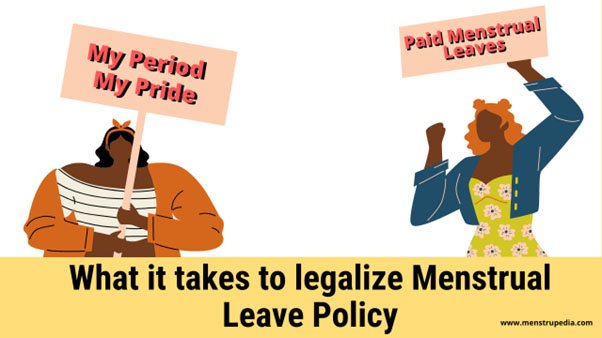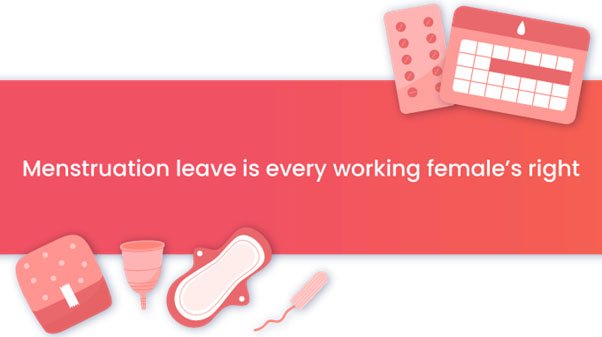Menstrual leave policies
Context :
- On February 24, the Supreme Court refused to entertain a PIL about menstrual leave for workers and students across the country, calling it a policy matter.

- It highlighted that there were different “dimensions” to menstrual pain leave.
What is menstrual leave?
- Menstrual leave refers to all policies that allow employees or students to take time off when they are experiencing menstrual pain or discomfort.
- In the context of the workplace, it refers to policies that allow for both paid or unpaid leave, or time for rest.

- More than half of those who menstruate experience pain for a couple of days a month; for some it is debilitating enough to hamper daily activities and productivity.
- A 2017 survey of 32,748 women in the Netherlands published in the British Medical Journal found that 14% of them had taken time off from work or school during their periods.
- The researchers estimated that employees lost around 8.9 days’ worth of productivity every year due to menstrual-cycle related issues.
What are the arguments against it?
- Some believe that it is not required and that it will backfire and lead to employer discrimination against women.
- For example, in response to the plea filed in the Supreme Court, a caveat was filed by law student Anjale Patel, represented by advocate Satya Mitra, highlighting a potential issue with menstrual leave.
- “The law student says that if you compel employers to grant menstrual pain leave, it may operate as a de facto disincentive for employers to engage women in their establishments… This has a policy dimension,” Chief Justice Chandrachud observed.
What are some of the global menstrual leave policies?
- On February 16, among a host of other sexual health rights, Spain became the first European country to grant paid menstrual leave to workers.
- Workers now have the right to three days of menstrual leave — expandable to five days — a month.
- In Asia, Japan introduced menstrual leave as part of its labour laws in 1947, after the idea became popular with labour unions in the 1920s.
- At present, under Article 68, employers cannot ask women who experience difficult periods to work during that time.
- Indonesia too introduced a policy in 1948, amended in 2003, which states that workers experiencing menstrual pain are not obliged to work on the first two days of their cycle.
- In the Philippines, workers are permitted two days of menstrual leave a month.
- Among African nations, Zambia introduced one day of leave a month without needing a reason or a medical certificate, calling it a Mother’s Day.
The situation in India :
- Among State governments, Bihar and Kerala are the only ones to introduce menstrual leave to women.
- The Bihar government, introduced its menstrual leave policy in 1992, allowing employees two days of paid menstrual leave every month.
- Recently, Kerala Chief Minister had announced that the State’s Higher Education department will now grant menstrual and maternity leaves for students in universities that function under the department.
SOURCE : THE HINDU
Syllabus : Mains; GS1 – Society


